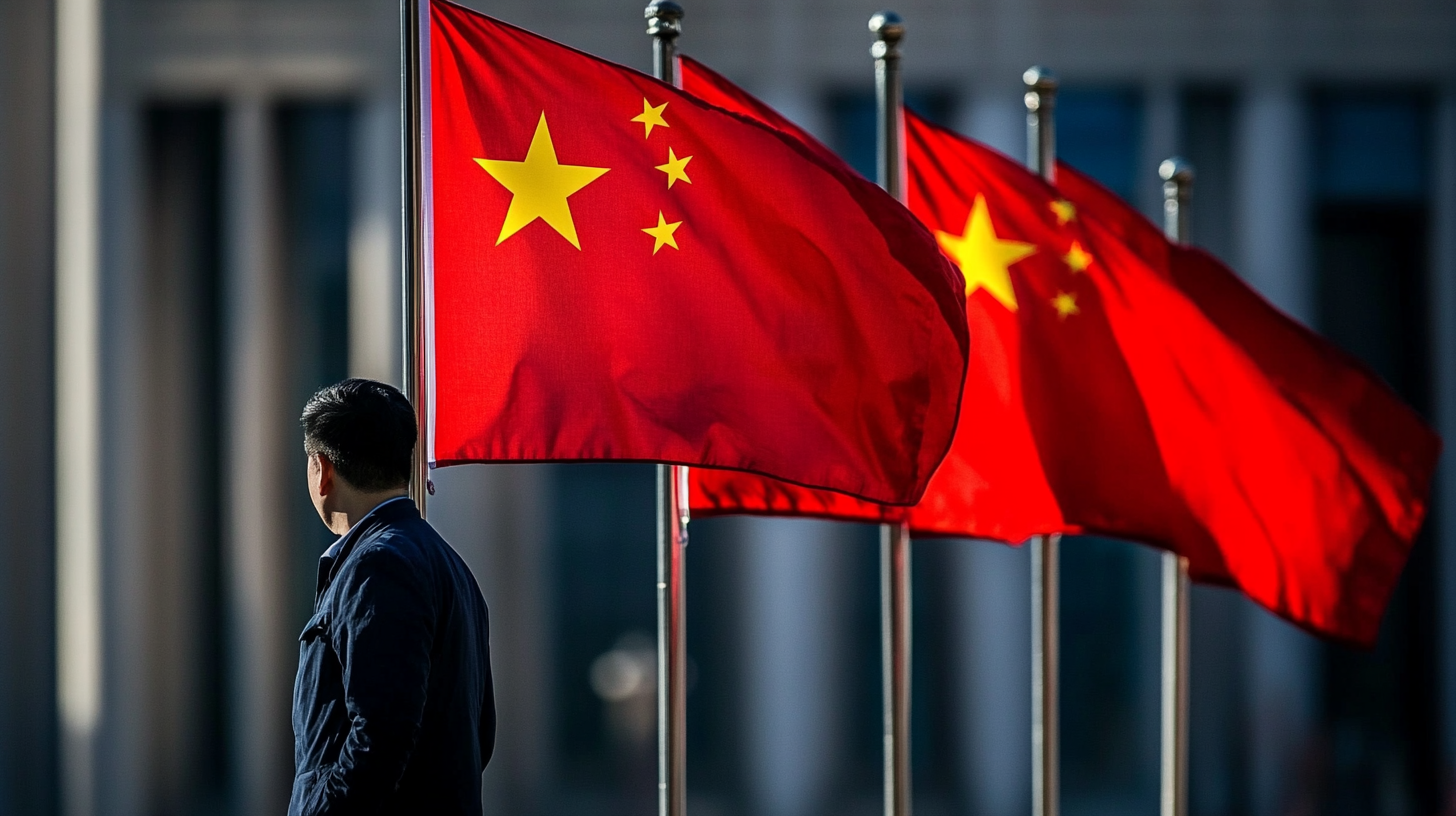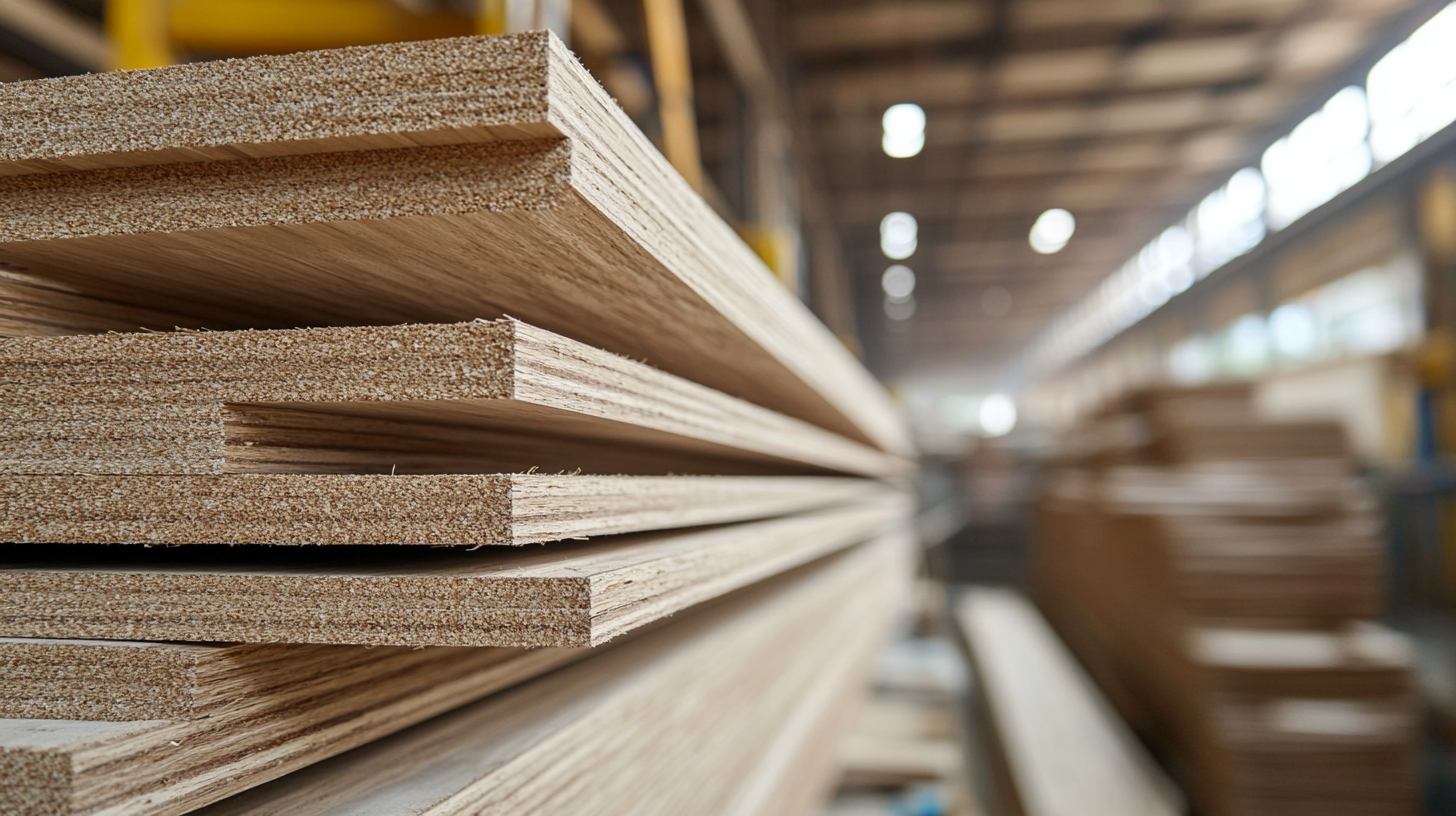Shandong Xiangying New Materials Technology Co., Ltd.
Shandong Xiangying New Materials Technology Co., Ltd.
In the complex landscape of international trade, the ongoing tariff challenges between the United States and China pose significant hurdles for manufacturers. Yet, amid these obstacles, Chinese manufacturing continues to demonstrate resilience and growth. This blog explores how innovative products, such as Paneles Wpc, are contributing to this positive trend. While tariffs may increase costs and complicate supply chains, manufacturers in China are leveraging advanced technologies and sustainable materials to enhance their competitiveness in the global market. By focusing on quality and durability, particularly with the integration of wood-plastic composites in products like Paneles Wpc, Chinese manufacturers are not only navigating the tariffs but also setting new standards for environmental responsibility and performance. Join us as we delve into the strategies driving this remarkable growth and the role of Paneles Wpc in sustaining China's manufacturing prowess.

Amidst a challenging landscape characterized by escalating tariffs and trade tensions, China's manufacturing sector continues to demonstrate remarkable resilience. The imposition of tariffs by the United States has compelled many manufacturers to pivot, innovating their processes and exploring new markets. This adaptability has not only minimized the impact of tariffs but also provided opportunities for growth, enabling Chinese manufacturers to solidify their presence both domestically and internationally.
One notable example of this resilience is seen in the production of WPC (Wood Plastic Composite) panels. As consumer demand shifts towards sustainable building materials, manufacturers have embraced the opportunity to invest in WPC technology. By leveraging advanced production techniques and focusing on quality, companies are not only maintaining competitiveness but are also positioning themselves as leaders in eco-friendly manufacturing. This proactive approach exemplifies how the Chinese manufacturing sector is thriving, even in a tariff-laden environment, showcasing a tenacity to overcome obstacles and drive innovation.
In the current landscape of global trade, Chinese manufacturers are showcasing remarkable resilience in the face of U.S. tariffs. To navigate these challenges effectively, many have adopted innovative strategies that not only sustain their operations but also enhance their competitiveness. For instance, companies are increasingly investing in automation and advanced manufacturing technologies, which streamline production processes and reduce costs. By leveraging artificial intelligence and robotics, manufacturers can maintain high quality and efficiency, offsetting the additional expenses imposed by tariffs.
**Tip: Embrace Technology**
Investing in modern technologies can significantly improve your operational efficiency. Companies that implement AI-driven analytics may identify wasteful practices and redundancy, allowing them to optimize their supply chain and production lines.
Moreover, Chinese manufacturers are diversifying their markets, shifting some focus away from the U.S. and exploring opportunities in developing countries. This strategy not only mitigates the risks associated with high tariffs but also opens up new revenue streams. By strengthening their presence in alternative markets, manufacturers can build a more robust business model that is less vulnerable to geopolitical fluctuations.
**Tip: Market Diversification**
Consider exploring emerging markets for your products. Research local consumer needs and preferences—tailoring your products can yield better market acceptance and reduce dependency on a single market.

China's manufacturing sector has demonstrated remarkable resilience in the face of ongoing trade tensions and tariff challenges, particularly those imposed by the United States. One key factor propelling this growth is the strong domestic demand within China. As the country continues to urbanize and its middle class expands, the appetite for locally manufactured goods has surged, providing a stable foundation for businesses to thrive. This internal consumption not only supports existing manufacturers but also fosters innovation and the development of new products tailored to domestic preferences.
Moreover, the government’s emphasis on self-sufficiency and technological advancement further bolsters the manufacturing landscape. Initiatives such as "Made in China 2025" aim to upgrade the industry, encouraging firms to invest in advanced manufacturing technologies. Such policies enhance productivity and quality, making Chinese products more competitive both locally and globally. The combination of robust domestic demand and supportive government measures creates a conducive environment for continued manufacturing growth, even amidst external challenges. By focusing on satisfying local consumers, China can mitigate the adverse effects of international tariffs while simultaneously strengthening its economy.

In today's rapidly evolving market landscape, adaptability becomes a key driver of success, particularly for companies facing challenges like tariffs and geopolitical tensions. A notable example is Best Paneles WPC, which has demonstrated an impressive ability to navigate the complexities of international trade. By embracing innovative strategies and optimizing manufacturing processes, Best Paneles WPC not only sustains its operations but also thrives, embodying resilience in the face of adversity.
Recent developments in the industry further illustrate the importance of collaboration and investment in driving growth. For instance, partnerships like the ones formed for the Traverse Pipeline showcase the potential of joint ventures in overcoming obstacles and enhancing operational efficiency. Such alliances not only amplify market presence but also enable companies to share resources, mitigate risks, and adapt to prevailing economic conditions. Best Paneles WPC stands out as a forward-thinking entity, demonstrating that with the right approach and partnerships, challenges can be transformed into opportunities for innovation and market leadership.
The landscape of manufacturing in China is rapidly evolving, even in the face of stringent tariff restrictions imposed by the US. While these tariffs pose significant challenges, they have also inadvertently opened up new avenues for growth and innovation. Chinese manufacturers are increasingly looking beyond traditional markets, exploring opportunities in emerging economies and investing in advanced technologies that can enhance production efficiency. This shift allows manufacturers to not only mitigate the impact of tariffs but also strengthen their global competitive position.
One sector particularly benefiting from this transition is the production of WPC (Wood Plastic Composite) panels. With their eco-friendly attributes and versatility, WPC panels are gaining traction in various industries, from construction to furniture manufacturing. As global demand for sustainable materials increases, Chinese manufacturers are well-positioned to meet this need by leveraging their extensive production capabilities and innovative approaches. By focusing on new product development and enhancing supply chain logistics, the Chinese manufacturing sector is not just surviving the tariff storm, but thriving by embracing opportunities that previously went unexplored.
